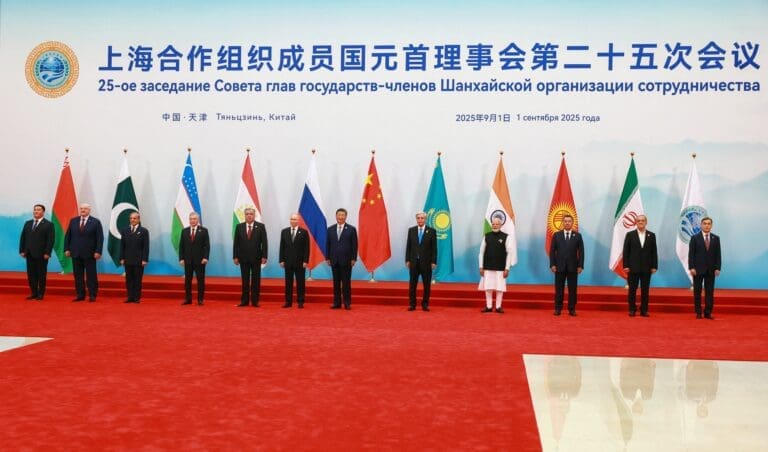
New COVID-19 Cases
and the Stringency of Government Responses in the MENA Region
Infographic
Infographic, January 2023
New COVID-19 Cases and the Stringency of Government Responses in the MENA Region
Paul Dyer, Andrew Letzkus, and Isaac Schaider
The graphs below track the stringency of governmental public health measures against newly confirmed cases of COVID-19 in Middle East and North Africa (MENA) countries. Early in the pandemic, MENA governments – led by Iraq and Jordan – imposed strict public health measures, including border closures, shuttering of schools, physical distancing mandates, and economic lockdowns or closures, designed to limit the spread of COVID-19. However, the economic pressures associated with closures led most governments to begin easing mobility restrictions over the summer of 2020 in favor of approaches that focused on revitalizing economies while co-existing with the virus. MENA continued to face waves of COVID-19 through 2021 and much of 2022. To combat these outbreaks, public health authorities responded by re-imposing some closures and physical distancing mandates but sought to keep such interventions narrow and targeted. Few governments were able (or sought) to impose restrictions on the scale seen during the early stages of the pandemic. The most stringent impositions over 2021 were in Iraq, Jordan, Lebanon, Libya, and Tunisia, all of which faced significant surges of the virus.



